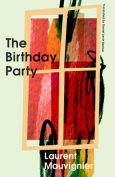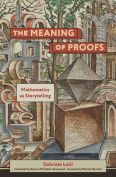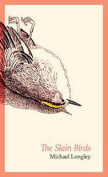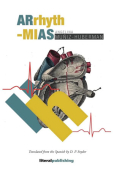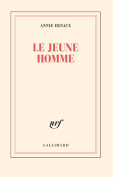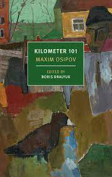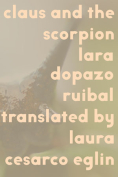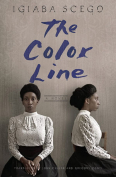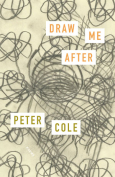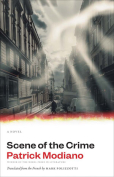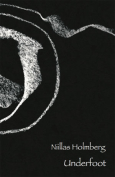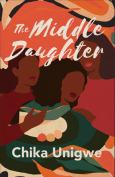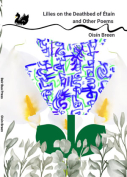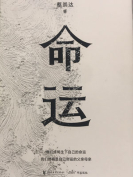Underfoot by Niillas Holmberg
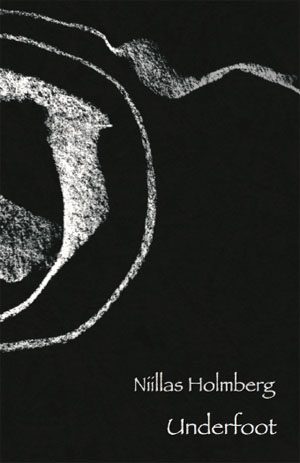 Illus. Inga-Wiktoria Påve. Buffalo, New York. White Pine Press. 2022. 100 pages.
Illus. Inga-Wiktoria Påve. Buffalo, New York. White Pine Press. 2022. 100 pages.
Underfoot may be the “first Sámi poetry translated into English in the U.S.,” as the publisher states, but I daresay that its uniqueness and appeal lie more in the book as a creative artifact—and in poetry as verbo-visual communication—than in its linguistic peculiarity. This is a book that questions the limits and limitations (physical as well as intellectual) of the book form, simultaneously exploiting and expanding them (see WLT, Sept. 2022, 16).
The reader experiences the text as part of a scenography dominated by an eloquent and haunting graphic theme: a spectral, metamorphic trace that runs throughout the slim and stylish volume, cover to cover, linking the unnumbered pages structurally as well as thematically. Set against a background that changes gradually from pitch-black to dark gray to light gray and then again from light gray to dark gray to pitch-black, this graphic thread assumes various shapes and symbolic identities (esoteric glyphs, electrocardiograms, leaves and other imprint fossils, totemic animals, and shamanic masks), transforming the pages into veritable panels of a looping, folding screen. Some of these panels feature the text of the poem, in the form of couplets, tercets, quatrains, or a combination of two or more of them placed on the lower half of the left or the right page, and occasionally on both. At (more or less) regular intervals, a variable number of pages with no text string the five sections of the poem together. This structure, together with the ratio of written to unwritten pages, the positioning of the text, and the overall color scheme, creates an orchestral texture upon which Holmberg’s poetry, like the soloist in a piano concerto, plays a unifying as well as a signifying role.
“Time to return to the feet. / Underfoot there’s a drum / skin carved with human letters.” However, between the feet and what lies underfoot (the complex, earthbound symbolism and mythologies of a traditional culture) are the shoes of forced assimilation, technology, industry and the market, collectively enabling/enforcing progress while eroding “[t]he body’s memory / . . . of a linguistic nervous system.” Language makes it possible to recognize and interpret the “human letters” carved on the drum skin underfoot, which tell the difference between simple tracks (such as the imprints of forward motion, progress) and the vestigial, transcending power of traces. It is the connective tissue that binds mind and body, body and earth, past and present in the triadic movement of sensing, tracing, seeing (“Sense the touching, trace where the body meets earth, see / the foot”).
Poetry, of course, is the ultimate manifestation of such a language—and of verbal communication in general—and in Holmberg’s distinctive and captivating voice (and that of his capable translators) it acquires an almost oracular eloquence, richly allegoric (“children / with ears like leaves, children / with grammar hidden in their bodies”) and metaphorical (“Looking through the shoemaker’s window / is to mourn stones that can’t fly”), but at the same time plain and straightforward, as in the crucial questions that ultimately concern us all: “Is it too late to raise a child / or merely too late to ask?” It is indeed time to return to the feet—if we can still find them.
Graziano Krätli
New Haven, Connecticut
